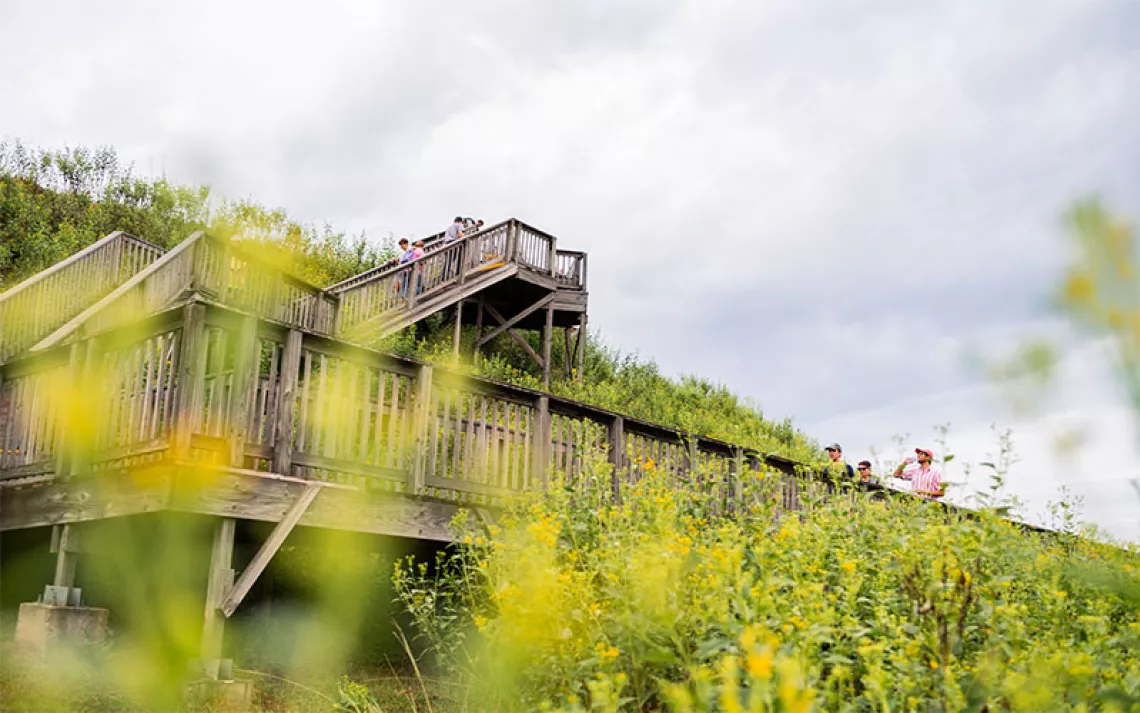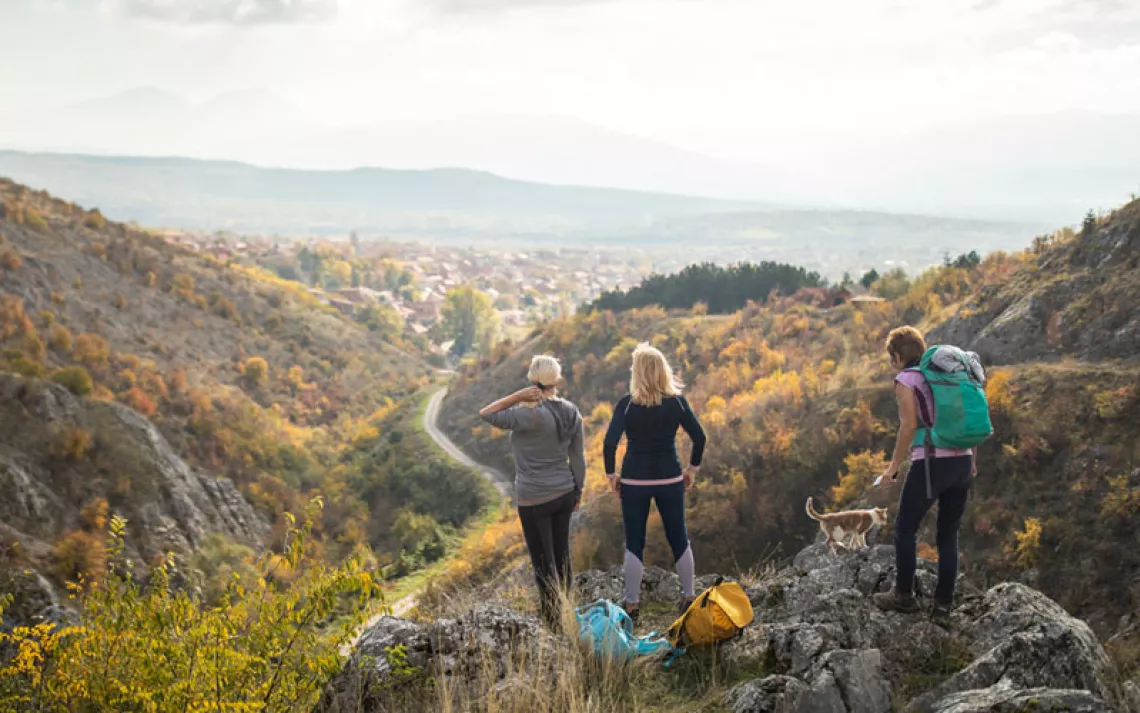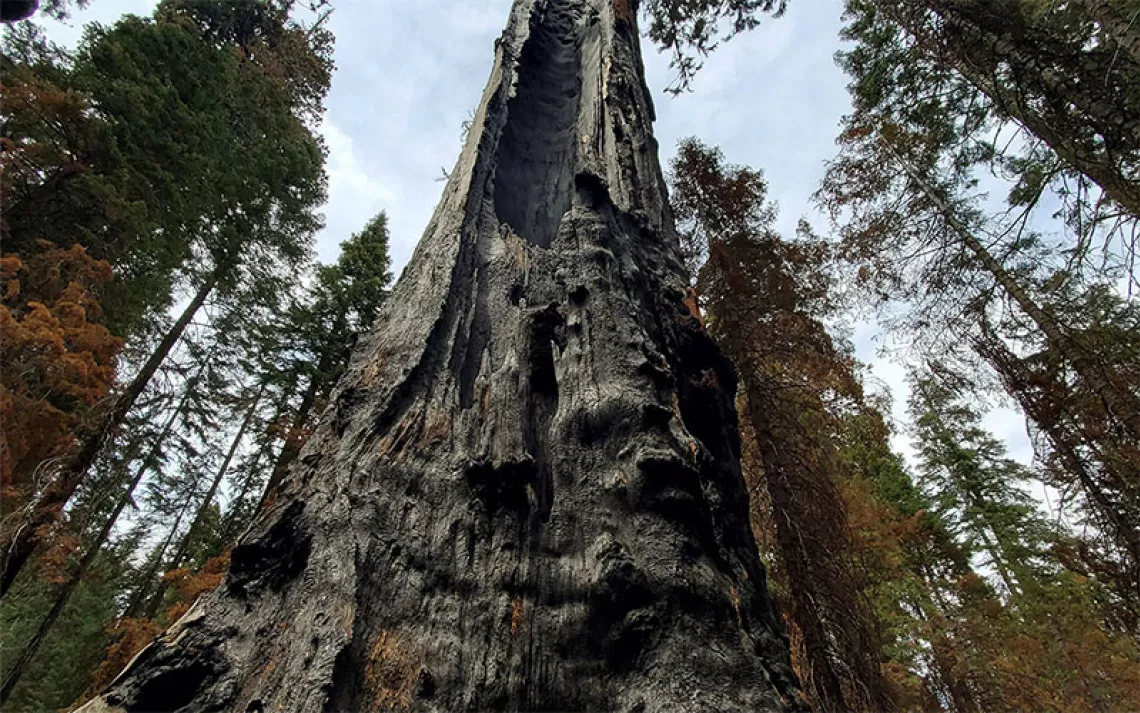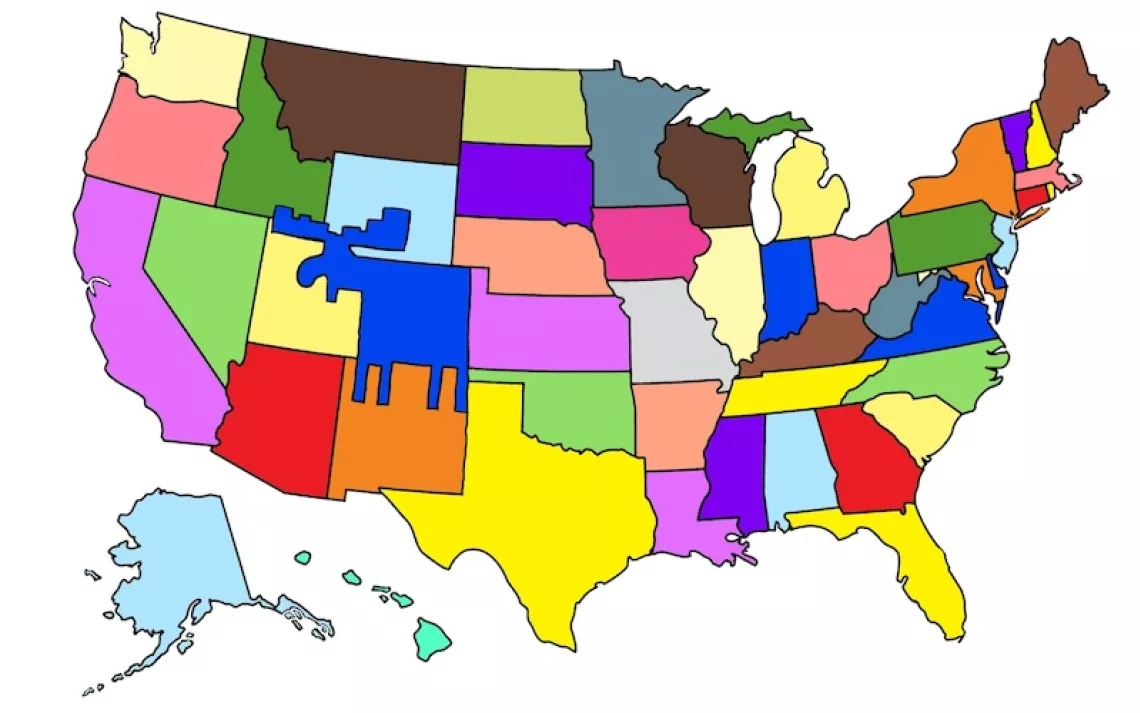President Biden Expands Two National Monuments in California
Here's what you need to know about San Gabriel Mountains and Berryessa Snow Mountain National Monuments
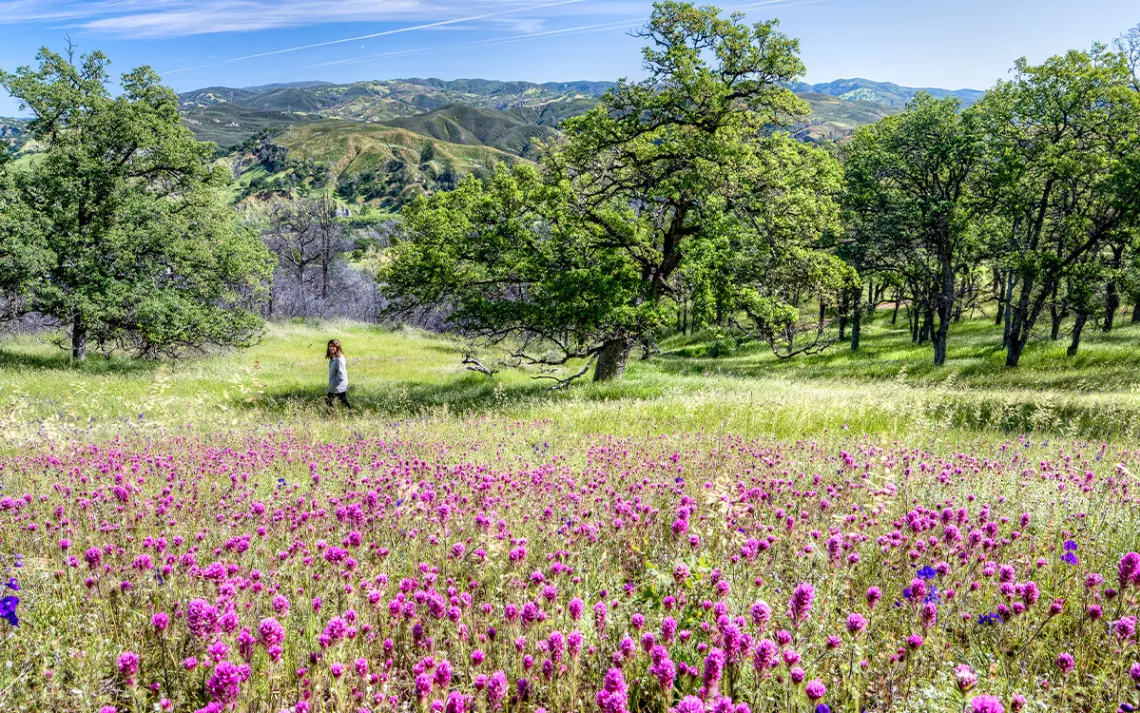
The Berryessa Snow Mountain National Monument. | Photo by Bob Wick/BLM.
Riding a wave of recent environmental decisions, President Biden on Thursday dramatically expanded two national monuments in California: San Gabriel Mountains National Monument and Berryessa Snow Mountain National Monument. Using powers granted to the presidency by the Antiquities Act, Biden increased the size of the two monuments at opposite ends of the Golden State. The San Gabriel Mountains National Monument is part of the famed mountain range that frequently serves as the snowcapped backdrop for the city of Los Angeles. Berryessa Snow Mountain National Monument in Northern California is known for its wildflower blooms and oak woodlands.
“As a US senator from California, I fought to defend and grow our public lands protections, including by introducing legislation to expand the San Gabriel Mountains National Monument,” said Vice President Kamala Harris in a statement. “Thanks to President Biden’s leadership and the dedicated organizing of advocates throughout my home state, we are making that a reality by protecting an additional 120,000 acres of lands that are culturally, ecologically, and historically important to California and our nation.”
The move is a huge win for both biodiversity and environmental justice, as it protects wildlife habitat, bolsters collaboration with tribes, and increases access to green spaces closer to California’s urban centers. Conservation groups and California Native American tribes, which have long sought the expansion of these monuments, celebrated the news as a conservation success.
“The expansion of our national monuments and protection of our public lands are key nature-based solutions to the climate and biodiversity crises,” Mary Creasman, the CEO of California Environmental Voters, said in a statement. "These additions to the San Gabriel Mountains and Berryessa Snow Mountain National Monuments include must-protect areas that provide communities with critical drinking water, create access to green spaces for underserved communities … and serve as wildlife corridors and habitats for imperiled animals and native plants.”
Biden’s move will expand the San Gabriel Mountains National Monument by 106,000 acres, bringing the total acreage of the monument to nearly half a million acres. The increased size will offer 18 million people who live within a 90-mile radius of the monument improved access to the Angeles National Forest, one of the most visited national forests in the country. This mountain range includes 70 percent of Los Angeles County’s green space, and the monument is home to over 3,000 species of plants and animals, many of which are endemic to the region. To ease access to the area, a collective of groups called the Nature for All coalition is working to make sure the US Forest Service commits to building out a transit-to-trails route that was established with the original monument designation and envisions buses from downtown Los Angeles to the San Gabriel Mountains.
To the north, the Berryessa Snow Mountain National Monument addition expands the protected area by 14,000 acres. The area is sacred to the Yocha Dehe Wintun Nation, and the monument expansion honors the history and culture of local Indigenous people by renaming a portion of the monument formerly called Walker Ridge as “Molok Luyuk,” or Condor Ridge. In its expanded size, the monument stretches from the Mendocino National Forest to Bureau of Land Management land just north of the Bay Area. The new designation comes with co-stewardship between tribes and the Department of the Interior. Federal officials will also have to complete an area management plan, which has not had an update since the monument was created.
“Expanding Berryessa Snow Mountains National Monument to include Molok Luyuk honors its cultural importance to the Yocha Dehe Wintun peoples, as well as other California tribes, and conserves the region’s incredible biodiversity,” Gene Karpinski, the president of the League of Conservation Voters, said in a statement. “With these expansions, the administration is increasing equitable access to the outdoors in one of the country’s most populated areas while protecting clean water sources, healthy ecosystems, and vital cultural resources in Southern California.”
President Obama established both national monuments in 2015 but failed to include areas of the upper Los Angeles River watershed in the San Gabriel Mountains and the sacred Condor Ridge. The new designations ensure these areas are permanently protected from future mining, development, and exploitation.
The expansions of these two monuments represent the culmination of years of advocacy from local groups and coalitions, like the Nature for All coalition, which includes the Sierra Club and the National Parks Conservation Association. Together, the groups have coordinated with area tribes to protect and enlarge these areas by urging leaders to expand the monuments. California leaders, including Representative Judy Chu, Senator Alex Padilla, and the late Senator Dianne Feinstein, responded to those requests by sponsoring legislation to increase the size of the monuments. But the bills went nowhere in the Republican-controlled House, making the Antiquities Act the best avenue for protecting these lands and monuments.
These national monument announcements come at a time when the calls for new monument designations are growing louder among outdoor advocates and tribes. Just last month, conservation groups and members of Congress held a press conference in front of the US Capitol to celebrate over 800,000 signed petitions urging President Biden to designate and expand nearly a dozen national monuments from California to Maryland. Tribes and environmental groups are proposing nine new national monument designations. These include the Great Bend of the Gila in Arizona; Chuckwalla, Medicine Lake Highlands, and Kw'tsán in California; Dolores Canyons in Colorado; the site of the 1908 Springfield Race Riot in Illinois; Julius Rosenwald & Rosenwald Schools sites in Illinois and Maryland; Swamp Cedars in Nevada; and Owyhee Canyonlands in Oregon.
Such designations are perhaps more important than ever as Republicans try to undermine the Antiquities Act by limiting its use and as GOP hardliners try to thwart conservation efforts and public land designations. During House Republicans’ “Energy Week,” several Republican leaders sponsored legislation that would roll back public lands protections, limit public input, and make it easier for oil and gas companies to drill on public lands. In December, over two dozen Republicans asked the Supreme Court to review the president’s authority to designate national monuments under the Antiquities Act. The high court refused, without comment, to hear the case.
President Biden has made more first-term national monument designations than any president since Jimmy Carter. So far, Biden has designated five new national monuments, restored protections for three others downsized by his predecessor, and expanded three other existing monuments. With these actions, the president is well on his way to securing a conservation legacy that surpasses any other before him.
Today’s statement from the White House confirms as much. “Since their first day in office, President Biden and Vice President Harris have delivered on the most ambitious climate and conservation agenda in history,” reads the statement. “The Biden-Harris administration has already conserved more than 41 million acres of lands and waters—putting President Biden on track to conserve more lands and waters than any president in history.
 The Magazine of The Sierra Club
The Magazine of The Sierra Club
